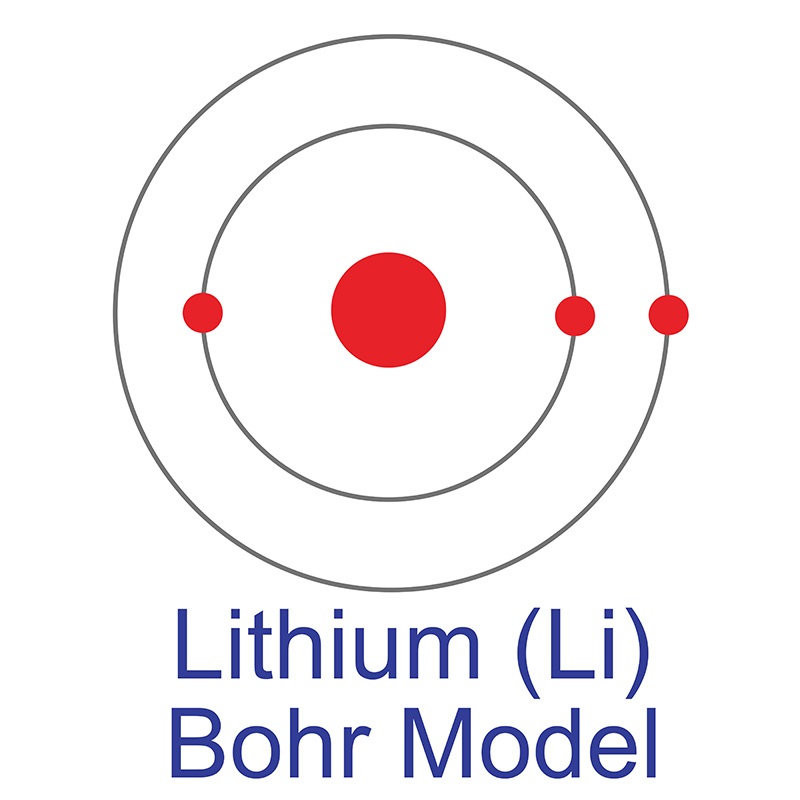Lithium Titanate Nano particles---------------------------------------------------------------------
| Nano Scale (nm) LiTiO3 12031-82-2 |
  Lithium Titanate or Lithium Titanium Oxide (LiTiO) Nanoparticles, nanodots or nanopowder are spinel, high surface area particles. Nanoscale Lithium Titanate or Lithium Titanium Oxide Particles are typically 10 - 100 nanometers (nm) with specific surface area (SSA) in the 5 - 50 m 2 /g range. Nano Lithium Titanium Oxide Particles are also available in passivated and Ultra high purity and high purity and coated and dispersed forms. They are also available as a nanofluid through the AE Nanofluid production group. Nanofluids are generally defined as suspended nanoparticles in solution either using surfactant or surface charge technology. Nanofluid dispersion and coating selection technical guidance is also available. Other nanostructures include nanorods, nanowhiskers, nanohorns, nanopyramids and other nanocomposites. Surface functionalized nanoparticles allow for the particles to be preferentially adsorbed at the surface interface using chemically bound polymers. Development research is underway in Nano Electronics and Photonics materials, such as MEMS and NEMS, Bio Nano Materials, such as Biomarkers, Bio Diagnostics & Bio Sensors, and Related Nano Materials, for use in Polymers, Textiles, Fuel Cell Layers, Composites and Solar Energy materials. Nanopowders are analyzed for chemical composition by ICP, particle size distribution (PSD) by laser diffraction, and for Specific Surface Area (SSA) by BET multi-point correlation techniques. Novel nanotechnology applications also include Quantum Dots. High surface areas can also be achieved using solutions and using thin film by sputtering targets and evaporation technology using pellets, rod and foil.. Research into applications for lithium titanate nanocrystals has focused on developing Polymer Lithium Ion (PLI) batteries, in a composite cathode for rechargeable lithium batteries to both accelerate charge and discharge time as well as for their other potential electrical, dielectric, magnetic, optical, catalytic, biomedical and bioscience properties and for use in coatings, plastics, nanowire, nanofiber and textiles and in alloy and catalyst applications . Lithium Titanate Nano Particles are generally immediately available in most volumes.American Elements produces to many standard grades when applicable, including Mil Spec (military grade); ACS, Reagent and Technical Grade; Food, Agricultural and Pharmaceutical Grade; Optical Grade, USP and EP/BP (European Pharmacopoeia/British Pharmacopoeia) and follows applicable ASTM testing standards. Additional technical, research and safety (MSDS) information is available as is a Reference Calculator for converting relevant units of measurement. Lithium is a Block S, Group 1, Period 2 element. The number of electrons in each of Lithium's shells is 2, 1 and its electronic configuration is [He] 2s1. In its elemental form lithium's CAS number is 7439-93-2. The lithium atom has a radius of 152.pm and it's Van der Waals radius is 182.pm. Lithium is a member of the alkali group of metals. It has the highest specific heat of any material and the highest electrochemical  potential. This makes it important in applications involving heat transfer and as the anode in batteries. Lithium is available as metal and compounds with purities from 99% to 99.999% (ACS grade to ultra-high purity); metals in the form of foil, sputtering target, and rod, and compounds as submicronand nanopowder. Lithium is a dopant in advanced optical glass. It is used as an alloy in light weight metals. Lithium stearate is a common high temperature lubricant. Lithium was first discovered by Johann Arvedson in 1817. The origin of the name Lithium comes from the Greek word lithose which means "stone". See Lithium research below. Titanium is a Block D, Group 4, Period 4 element. The number of electrons in each of Titanium's shells is 2, 8, 10, 2 and its electronic configuration is [Ar] 3d2 4s2. In its elemental form titanium's CAS number is 7440-32-6. The titanium atom has a radius of 144.8.pm and it's Van der Waals radius is 200.pm. Titanium metal is not considered to be toxic although titanium as metal shavings or powder is considered a fire hazard. In its metallic form it is not only very strong and light weight, but also highly resistant to corrosion. Thus it can be found in numerous aerospace and military applications. In its oxideform it used in low grades to produce a white pigment. Titanium is the bases for numerous commercially essential compound groups, such as  titanium titanates in electronic and di-electric formulations and in crystal growth for ruby and sapphire lasers. Titanium information, including Technical Data, Safety Data and its high purity properties, research, applications and other useful facts are discussed here. Scientific facts such as the atomic structure, ionization energy , abundance on Earth, conductivity and thermal properties are included. Titanium was first discovered by William Gregor in 1791. Titanium was named after the word Titanos which is Greek for Titans. See Titanium research below. |
+ نوشته شده در یکشنبه بیست و هفتم آذر ۱۳۹۰ ساعت 19:28 توسط محمد مهدی نیک آزما
|

